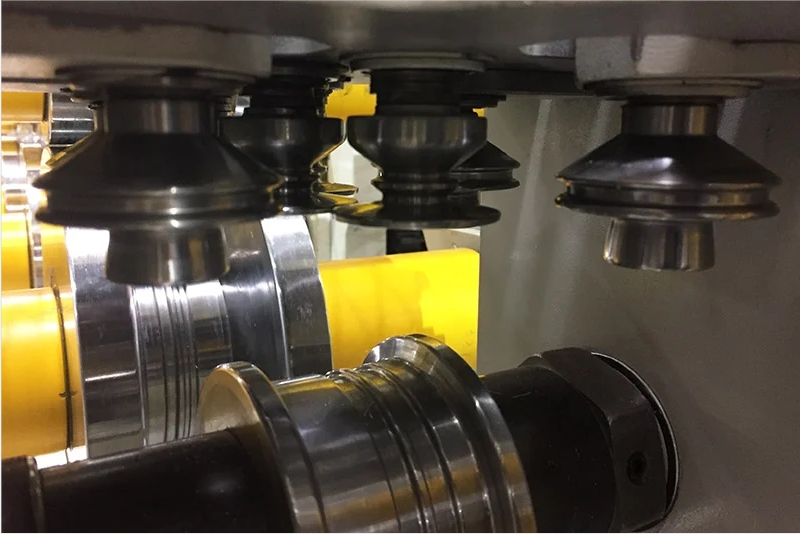Navigation Menu
Contact Us
- Email:
- info@wxavatar.com
- Address:
- Yurong Village, Yuqi Street, Huishan District, Wuxi, China.
Release Date:Jul 11, 2025 Visit:36 Source:Roll Forming Machine Factory
The lighting industry constantly seeks advancements to improve performance, durability, and efficiency. When it comes to manufacturing components for fluorescent lights, precision roll forming presents a compelling case as a superior production method. This technique offers significant advantages over traditional manufacturing processes, potentially leading to a new standard for quality in these essential lighting elements.

Fluorescent light components, such as reflective housings, mounting brackets, and structural channels, demand consistent dimensions and specific material properties. Traditional methods like stamping or brake forming can struggle with maintaining tight tolerances across long production runs, often leading to variations that impact assembly and overall product performance.
Precision roll forming, in contrast, involves a continuous bending operation where a flat strip of metal is progressively shaped by a series of precisely designed rolls. This gradual deformation allows for exceptional control over the final geometry and dimensions. The inherent nature of the process minimizes material stress and work hardening, which can be a concern with other forming methods, thus preserving the material's integrity and mechanical properties.
One of the primary benefits of this method is the dimensional accuracy it delivers. For fluorescent light components, this translates to perfectly fitting parts, simplified assembly processes, and a reduction in waste due to misaligned or out-of-spec components. Furthermore, the ability to produce complex cross-sections in a single, continuous operation can lead to design optimization. Manufacturers can create intricate profiles that were previously difficult or costly to achieve, potentially improving light distribution or component rigidity.
Beyond accuracy, material utilization is another compelling aspect. Roll forming typically generates less scrap material compared to punching or stamping operations, as the process is inherently more efficient in shaping the metal. This can lead to more effective use of resources in manufacturing.
The consistent quality achieved through precision roll forming also contributes to the reliability of the final fluorescent light fixture. Components that maintain their intended shape and fit precisely ensure optimal light output and a longer operational lifespan for the lighting unit. This consistency is crucial for product reputation and user satisfaction.

In conclusion, the adoption of precision roll forming for the production of fluorescent light components offers a range of tangible benefits. Its capacity for high-volume production, combined with its ability to deliver superior dimensional accuracy, intricate designs, and efficient material use, positions it as a significant advancement in manufacturing. As the lighting industry continues to evolve, embracing such precise and consistent manufacturing techniques will be instrumental in developing components that meet the demands for quality and performance.